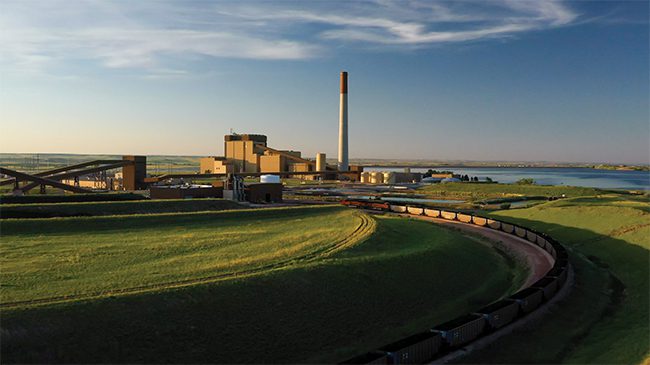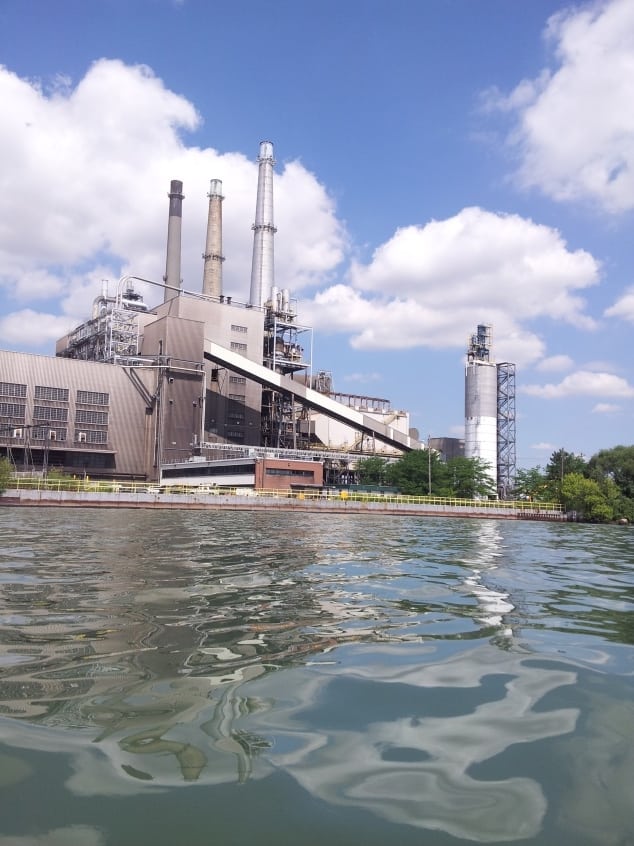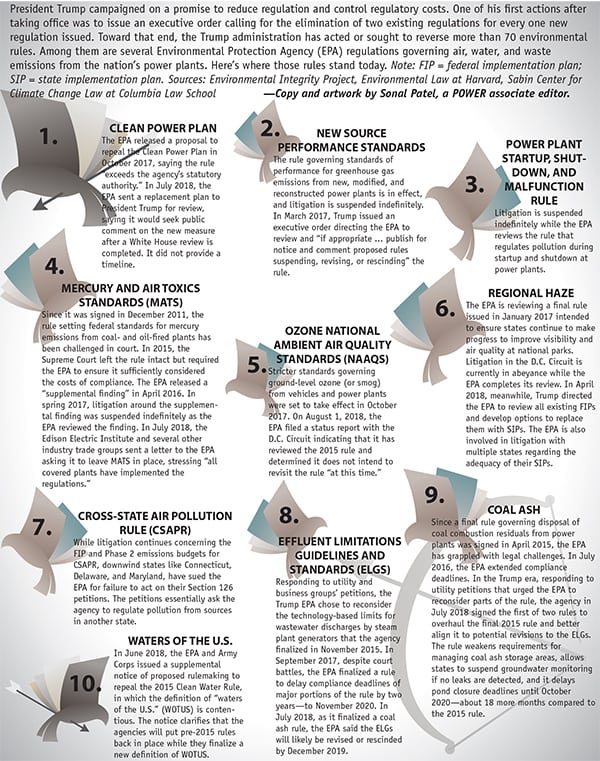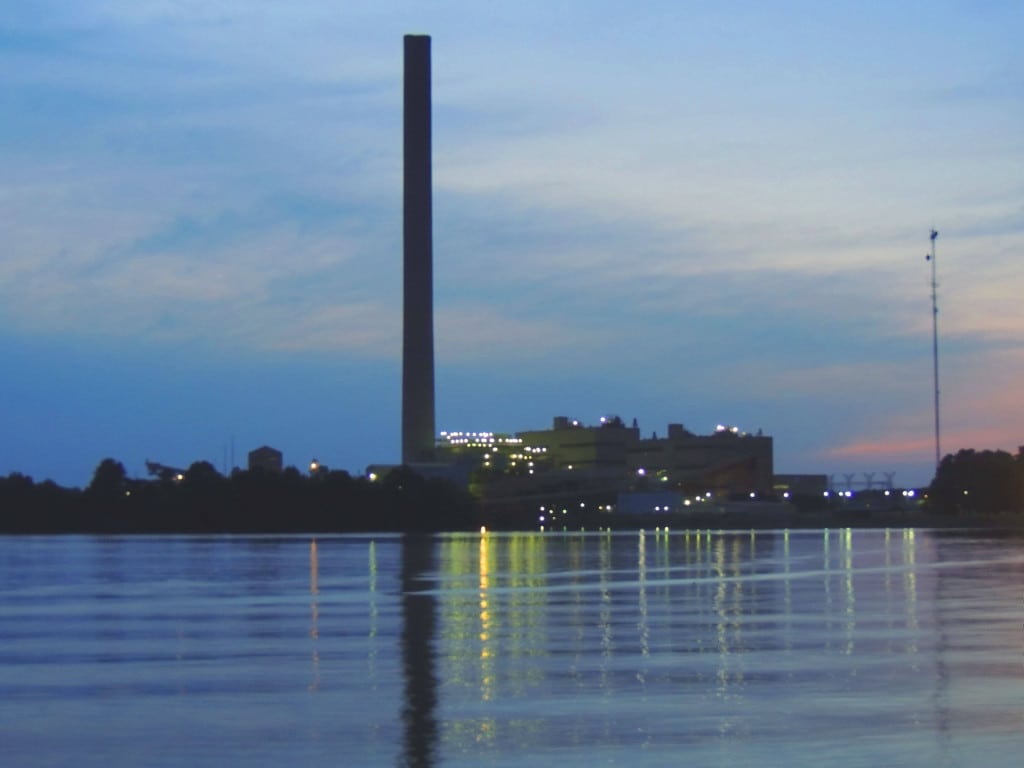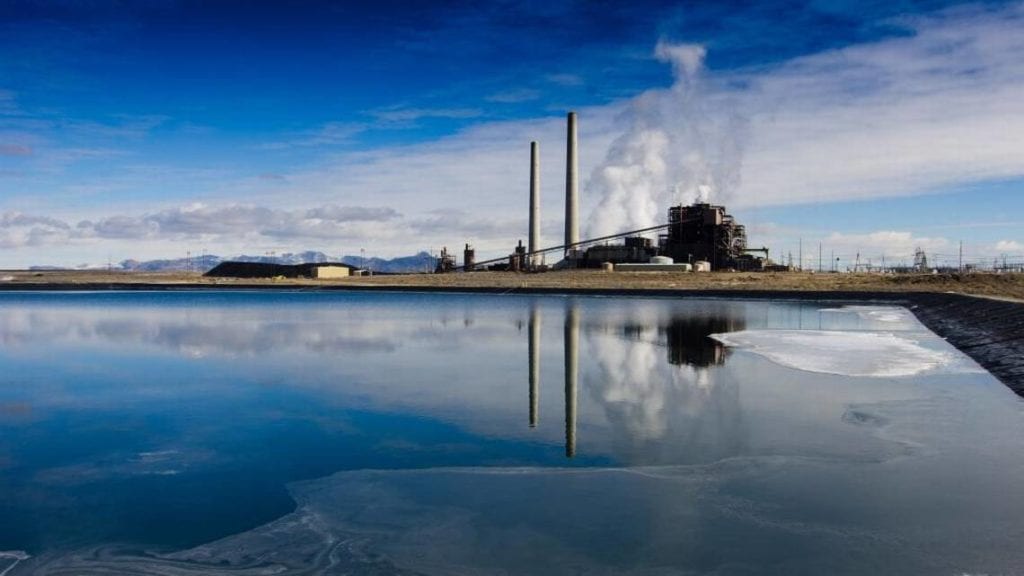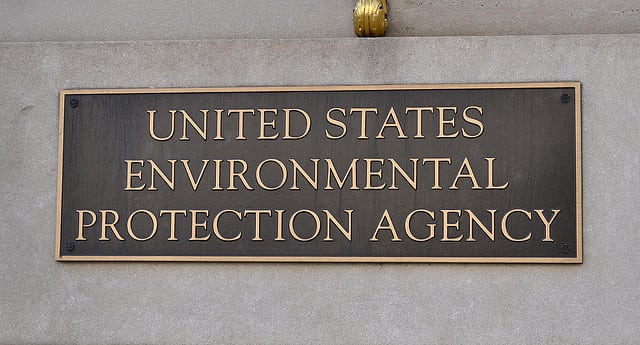Under President Obama, the Environmental Protection Agency (EPA) introduced a host of rules and compliance requirements targeting power plants and the oil and gas sector. One such rule, the Effluent Limitation Guidelines (ELG), sets stringent wastewater standards for coal-fired power plants. The ELG rule’s challengers may have just gained their strongest ally yet—the EPA.
Changing policy course under the Trump administration, EPA Administrator Scott Pruitt has worked to pull back the prior administration’s requirements, with some strategies heralding longer-lasting relief than others. While these efforts are still in the early stages, they demonstrate how difficult it is to reverse course once a final rule is adopted. Amending and modifying existing rules takes time and effort, but, short of a clear court victory, this is the best path to lasting change—in this case, relief from the ELG.
What Is the ELG Rule?
The ELG rule targets coal combustion generators’ ash transport wastewater, and wastewater discharges from flue-gas desulfurization and mercury control systems. The rule tightened long-standing requirements by, in part, establishing new best available technology economically achievable (BAT) effluent limits that prohibit any discharge from ash transport water and flue-gas mercury control wastewater, and requiring power plants to install new treatment technologies. For industry, complying means making significant operational changes, such as reassessing wastewater paths within the fenceline.
The prior EPA finalized the ELG rule after determining that the then-current ELG rule was inadequate to address the wastewater discharges from air emissions controls installed at power plants to comply with new air regulations. In other words, industry’s installation of new technologies to comply with new air regulations led to another layer of required installations to comply with these new wastewater regulations.
Temporary Relief?
Unsurprisingly, the rule met resistance. The new EPA answered that resistance in April 2017 by pausing the effectiveness of these future compliance dates under a provision of the Administrative Procedure Act that allows agencies to pause the effectiveness of a rule when justice so requires. Then, in a letter dated August 11, 2017, Pruitt decided to review and potentially revise the BAT limits, and other provisions that apply to bottom ash transport water and flue-gas desulfurization wastewater. On August 22, the U.S. Court of Appeals for the Fifth Circuit again paused the litigation over the rule while EPA conducts this rulemaking.
Planning around these moves in the short term is no simple task. The pause to the compliance dates gives industry only temporary relief and is being challenged in another federal court, which may uphold or invalidate the pause, subject to appeal. Achieving even short-term relief will be a long battle, with compliance dates potentially coming in and out of effectiveness. Pruitt’s latest move to permanently change the rule through the notice and comment process should provide more long-term certainty. However, that future rule will likely be challenged in court, much like the Obama-era ELG rule is currently being challenged.
Seeking Certainty
The fight over the ELG rule parallels the story of many Obama-era environmental regulations. The Trump administration has tried different methods for temporarily pausing certain rules, but the pauses don’t quite stick.
For example, EPA recently tried to pause an impending compliance date under the Obama-era methane rule impacting the oil and gas industry; the courts struck that down. EPA’s final rule to delay the Obama-era Risk Management Program rule for two years is also facing a court challenge. EPA initiated and then dropped plans to delay taking action under the 2015 National Ambient Air Quality Standards for ozone and on greenhouse gas standards for heavy-duty trucks. The courts have stayed the highly contentious Clean Water Rule and the Clean Power Plan, but even those rules are still the law and could come back unless the court or the agency takes more permanent action.
For now, businesses should continue developing and implementing compliance plans in the near term. Industry should know that EPA’s regulations have the force of law and can be enforced through citizen suits, risking liability for businesses even where EPA currently supports changing the law. Until a court invalidates a rule, or EPA goes through the at least two-year process of proposing, receiving comments, and finalizing a new rule, the original rule stays in place.
While even delayed compliance dates may afford regulated businesses more and necessary planning time, the fact remains that major capital expenditures for challenged final rules require near-term business decisions. EPA may have initiated the process to roll back the ELG rule, meaning that future relief from its requirements could eventually become permanent. But for now, the regulated community doesn’t have that certainty. ■
—Joshua Belcher is counsel at Eversheds Sutherland’s Houston office, and Samina Bharmal is an associate at Eversheds Sutherland’s Washington, D.C., office.





